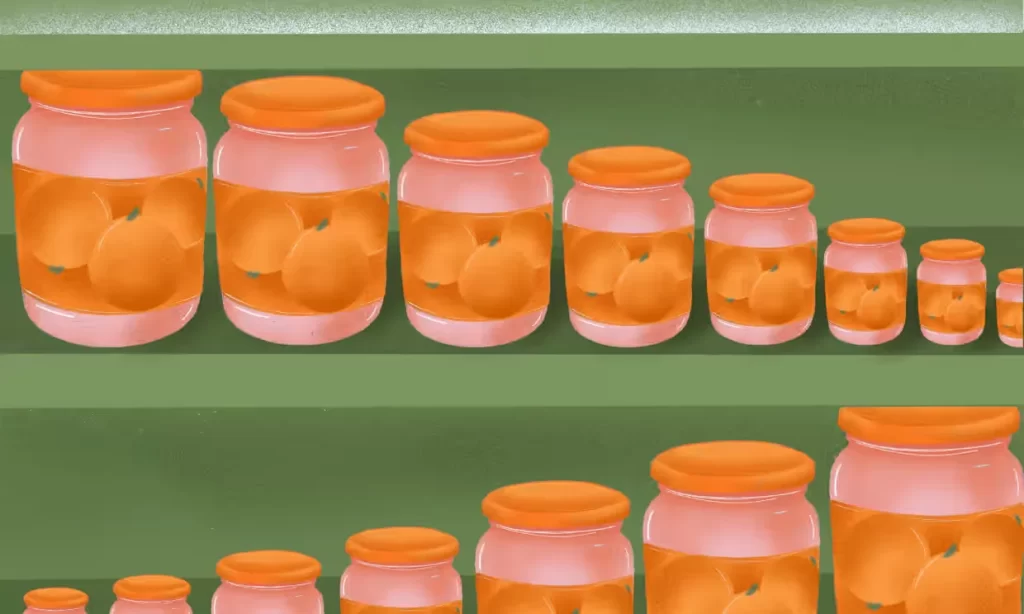In the previous newsletter, we talked about the sachet economy and how its profitability hangs by a thread.
Profit margins on larger packs are higher by ~25-30% on average, compared to a low unit pack. The more the sales of sachets, the lesser the profitability for the portfolio as a whole. However, the sachet contribution remains high across categories.
Here lies a dilemma that all businesses deal with – magic price points remain sacrosanct on one hand and input costs rise on the other. So, companies are forced to reduce grammage to maintain profitability.
Here are examples of what this looks like for Parle G and Lays.

A Lays pack used to be 40gm and today it is 30gm.

This is shrinkflation – the downward spiral of sizes. And all brands. I mean all brands are forced to resort to this.
This is not an ideal scenario for companies or for consumers.
Company view: when companies reduce grammage the number of units sold increases or remains the same, but the total volume sold (e.g.Kgs/Tons) will reduce. So the decision to reduce size is a delicate one. It is run through models and analyses before it is greenlighted.
Consumer view: Grammage reduction happens over so many months and years that consumers don’t realize that their 7.5 gm bar of soap has become 5 gm. Or a shampoo sachet is 4 ml instead of 5 ml. But she is getting less value than she used to.
Shrinkflation is a glaring reminder of subdued incomes and progression in our country. The win-win scenario would be if incomes grow, disposable incomes increase and more and more Indians start consuming larger pack sizes.
We can only hope the arc of our economy bends towards faster and more equitable growth. More on that in later editions.
Thanks for reading.
